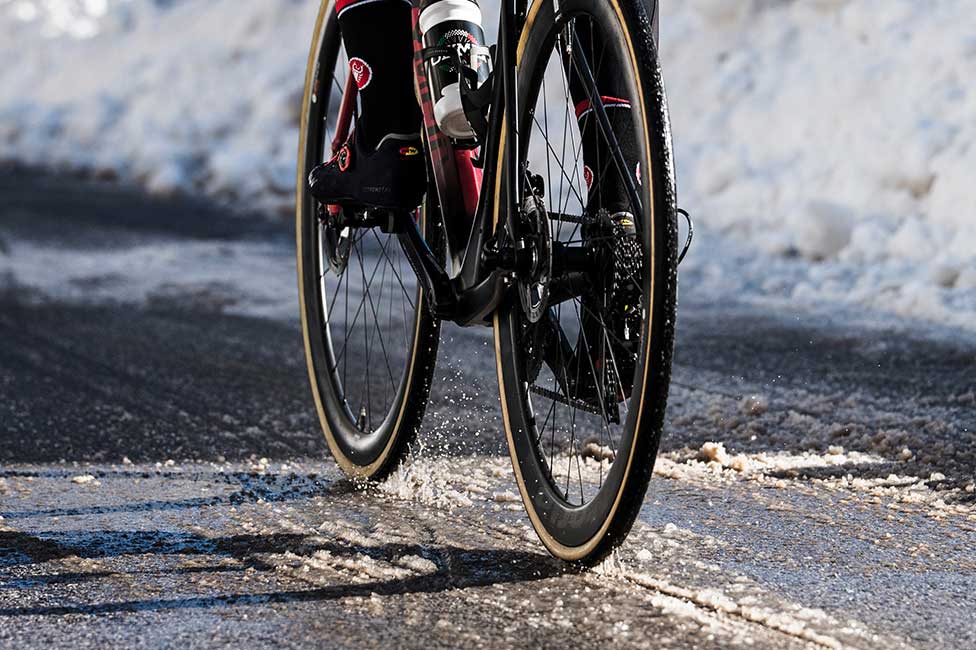In the world of cycling, power meter pedals have become an invaluable tool for riders looking to enhance their training and performance. In this section of the article, we will answer your top questions about power meter pedals, unravelling how they work, their benefits, and what sets them apart from traditional cycling pedals. Whether you’re a seasoned professional or a cycling enthusiast aiming to improve your riding efficiency, understanding the mechanics and advantages of power meters is key. We’ll delve into the specifics of installation, usage, and how to interpret the data they provide, helping you make an informed decision about incorporating them into your cycling routine.
Table of Contents
Toggle1. What are power meter pedals and how do they work?
Power meter pedals are a type of cycling equipment that measures the power output of a cyclist in watts. They work by using strain gauges to measure the force applied to the pedals during cycling. This force, combined with the cadence (the speed at which the pedals are turning), gives the power output in watts.
Being able to get your power data from pedals is a relatively new technology in the world of cycling. They were first introduced in the early 2000s, and have since become a popular tool for serious cyclists and professional athletes. They allow cyclists to accurately measure their performance and make improvements based on data, rather than just relying on how they feel.
There are several different types of devices available on the market. Some are single-sided, meaning they only measure the power output from one leg. Others are dual-sided, meaning they measure the power output from both legs. Dual-sided pedals are generally more accurate, but they are also more expensive.
One of the main advantages of them compared to other power meters is that they are easy to install and use. Unlike other types of power meters, they do not require any modifications to the bike or the drivetrain. They simply replace the existing pedals on the bike. Another advantage is that they can be easily switched between bikes. This makes them a great option for cyclists who have multiple bikes or who frequently rent or borrow bikes.

2. Are power meter pedals accurate?
The accuracy of power meter pedals can vary depending on the brand and model. However, most devices are designed to be very accurate, with an error margin of less than 2%. This means that if your actual power output is 200 watts, the pedals should give a reading between 196 and 204 watts.
It’s important to note that the accuracy of reading your power through your pedals can be affected by several factors. These include the temperature, the calibration of the pedals, and the cyclist’s pedalling technique. Therefore, it’s important to regularly calibrate the pedals and to use them in a consistent manner.
In terms of comparison with other types of power meters, studies have shown that power meter pedals are just as accurate as crank-based power meters and hub-based power meters. However, they may be slightly less accurate than lab-grade power meters, which are used for scientific research and are not practical for everyday use.
3. How do I install power meter pedals?
Installing power meter pedals is a relatively straightforward process that can be done at home with a few basic tools. The first step is to remove the existing pedals from the bike. This is usually done with a pedal wrench, but some pedals may require a hex key.
Once the old pedals have been removed, the new pedals can be installed. This is done by threading the pedals into the crank arms and tightening them with a pedal wrench or hex key. It’s important to make sure that the pedals are securely tightened, but not overtightened, as this can damage the pedals or the crank arms.
After the pedals have been installed, they need to be paired with a cycling computer or smartphone app. This is usually done via Bluetooth or ANT+. The cycling computer or app is used to display the power data from the pedals and to calibrate the pedals.
Finally, once the pedals have been installed and paired with a device, they need to be calibrated. This is usually done by spinning the pedals a few times and then letting them hang freely for a few seconds. The cycling computer or app will then calculate the zero offset, which is used to ensure accurate power readings.
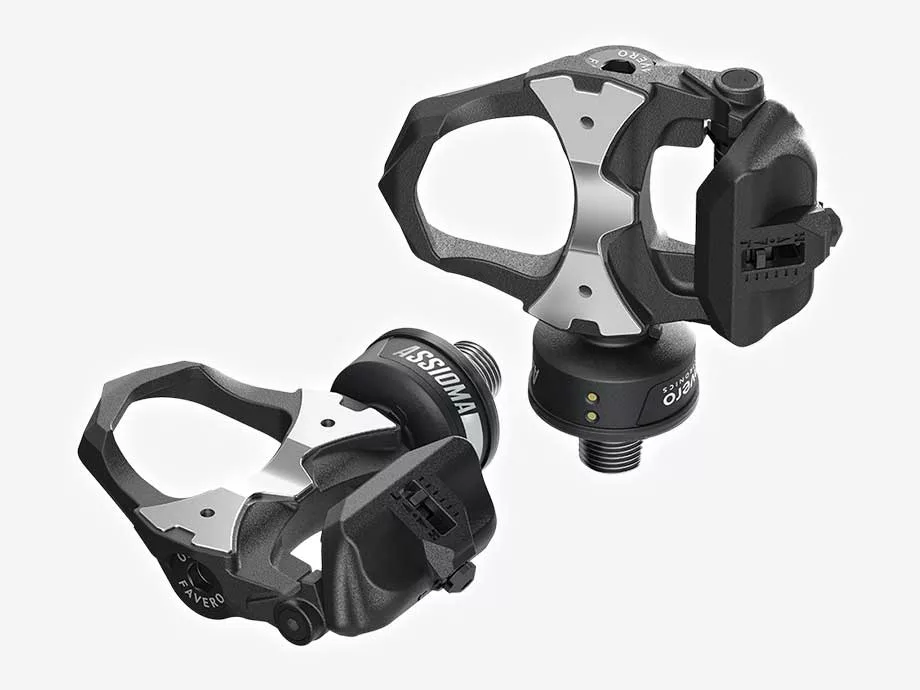
4. How do I maintain power meter pedals?
Maintaining power meter pedals is relatively simple. The most important thing is to keep them clean and free from dirt and grime. This can be done by wiping them down with a damp cloth after each ride.
In addition to keeping the pedals clean, it’s also important to regularly check the batteries. Most power meter pedals use coin cell batteries, which need to be replaced every few months. Some models use rechargeable batteries, which need to be charged regularly.
Another important aspect of maintenance is calibration. Power meter pedals should be calibrated before each ride to ensure accurate readings. This is usually done through the cycling computer or app that is paired with the pedals.
Finally, it’s a good idea to periodically check the pedals for any signs of damage or wear. If the pedals are damaged or worn, they may need to be repaired or replaced.
5. Can power meter pedals improve my cycling performance?
Power meter pedals can be a valuable tool for improving cycling performance. By providing accurate data on power output, they allow cyclists to train more effectively and to monitor their progress over time. Tools like Intervals.icu or TrainingPeaks can help keep hold and track useful data and training improvements.
One of the main ways that power meter pedals can improve performance is by helping cyclists train at the right intensity. By using power data, cyclists can ensure that they are training hard enough to improve, but not so hard that they risk overtraining or injury.
In addition to helping with training intensity, they can also help with pacing. By monitoring power output during a ride or race, cyclists can ensure that they are maintaining a steady pace and not burning out too early.
Finally, power meter pedals can provide valuable feedback on technique. By comparing the power output from each leg, cyclists can identify any imbalances or inefficiencies in their pedalling technique and work to correct them.
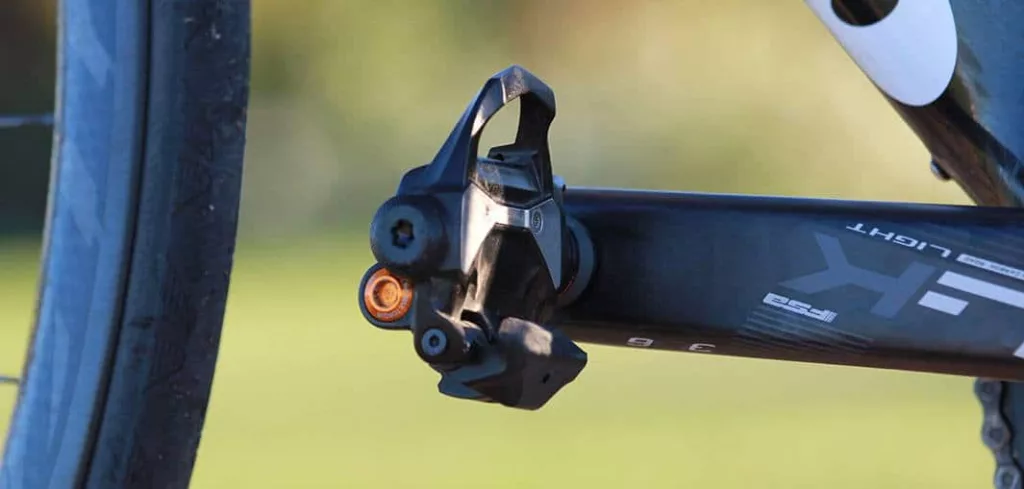
6. Are power meter pedals worth the investment?
Whether power meter pedals are worth the investment depends on the individual cyclist. For serious cyclists and professional athletes, they can be a valuable tool for improving performance and achieving training goals. However, for casual cyclists or those on a tight budget, they may not be necessary.
One of the main factors to consider when deciding whether to invest in power meter pedals is how much you will use them. If you ride regularly and are serious about improving your performance, then being able to see your power data could be a worthwhile investment. However, if you only ride occasionally or are not interested in training and performance, then they may not be worth the cost.
Another factor to consider is your budget. Power meter pedals can be quite expensive, with prices ranging from a few hundred to over a thousand pounds. Therefore, it’s important to consider whether the benefits justify the cost.
7. What are some of the best power meter pedals on the market?
There are several brands and models of power meter pedals on the market, each with its own features and benefits. Some of the most popular brands include Garmin, Favero, and PowerTap.
Garmin is one of the leading brands in the cycling industry, and its Vector 3 and Rally power meter pedals are highly regarded. They are dual-sided, meaning they measure power output from both legs, and they are easy to install and use.
Favero is another popular brand, known for their Assioma power meter pedals. These pedals are also dual-sided and are known for their accuracy and reliability. They are also slightly cheaper than the Garmin Vector 3 pedals, making them a good option for those on a budget.
PowerTap is a brand that has been in the power meter market for a long time. Their P1 power meter pedals were one of the first on the market, and they continue to be popular due to their accuracy and ease of use.
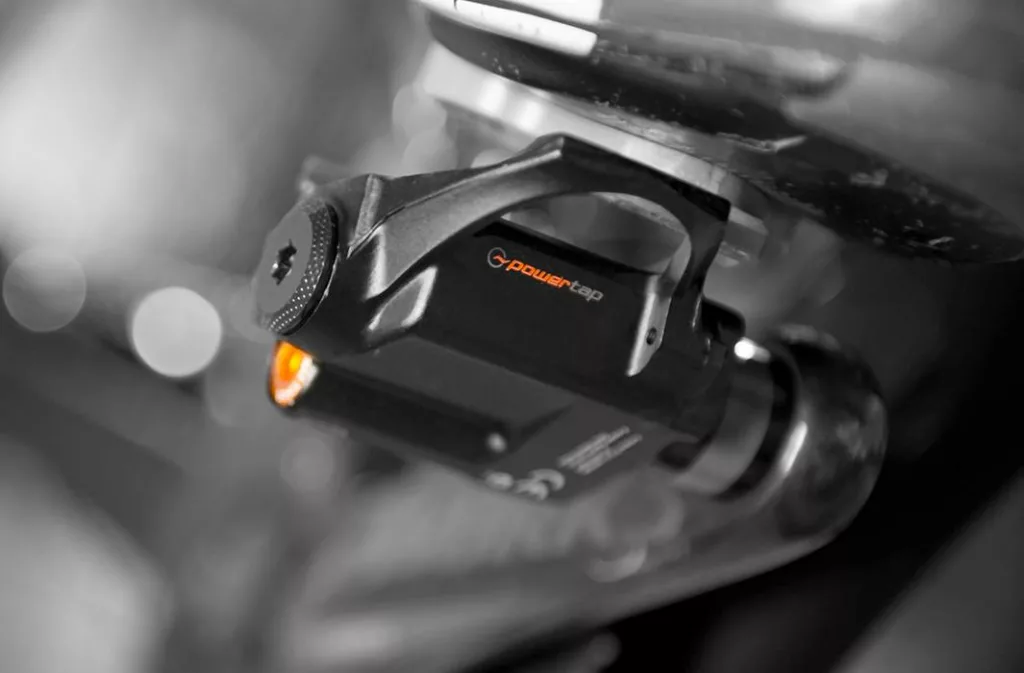
8. Can I use power meter pedals on any bike?
One of the main advantages of power meter pedals is that they can be used on almost any bike. Unlike other types of power meters, which may require specific components or modifications to the bike, they simply replace the existing pedals. This means that the pedals can be used on road bikes, mountain bikes, hybrid bikes, and even indoor exercise bikes. However, it’s important to note that not all pedals are compatible with all types of bikes. Some pedals may not fit certain types of crank arms, or may not be suitable for off-road use.
In addition, whilst it’s possible to easily switch between bikes, it’s important to remember that the pedals need to be calibrated each time they are installed on a new bike. This is because the zero offset, which is used to ensure accurate power readings, can vary between bikes.
9. How do power meter pedals compare to other types of power meters?
Pedals are just one way of measuring your cycling power available on the market. Other types include crank-based power meters, hub-based power meters, and chainring-based power meters.
Each type of power meter has its own advantages and disadvantages. Crank-based power meters, for example, are known for their accuracy and reliability, but they can be difficult to install and are not easily transferable between bikes. Hub-based power meters are easy to install and can be used on any bike, but they only measure power output from one leg.
Power meter pedals, on the other hand, are easy to install and can be used on almost any bike. They can also be easily transferred between bikes, making them a great option for cyclists who have multiple bikes or who frequently rent or borrow bikes. However, they can be more expensive than other types of power meters, and they may not be as durable or reliable in harsh conditions.
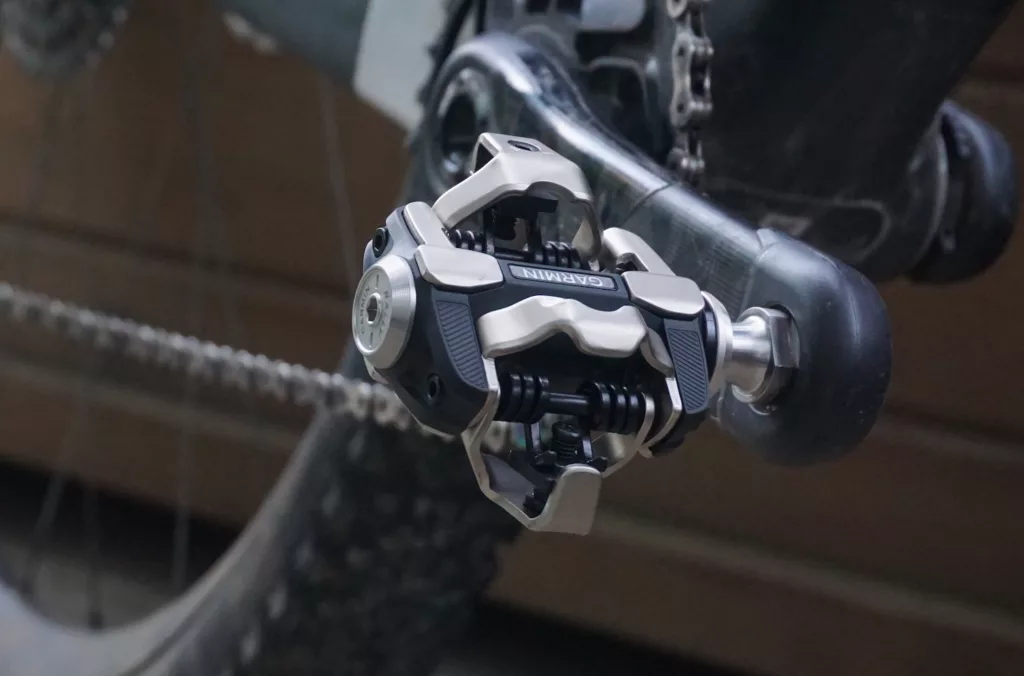
10. What should I look for when buying power meter pedals?
When buying power meter pedals, there are several factors to consider. These include the accuracy of the pedals, the ease of installation and use, the compatibility with your bike and devices, and the price.
In terms of accuracy, most of them are designed to be very accurate, with an error margin of less than 2%. However, it’s always a good idea to check the manufacturer’s specifications and reviews from other users.
Ease of installation and use is another important factor. The pedals should be easy to install and pair with a device, and they should be simple to calibrate and use.
Compatibility is also important. The pedals should be compatible with your bike and crank arms, and they should be able to pair with your cycling computer or smartphone app.
Finally, price is a major consideration. They can range in price from a few hundred to over a thousand pounds, so it’s important to find a set that fits within your budget. It’s also worth considering the cost of replacement batteries and any additional accessories that may be needed.


